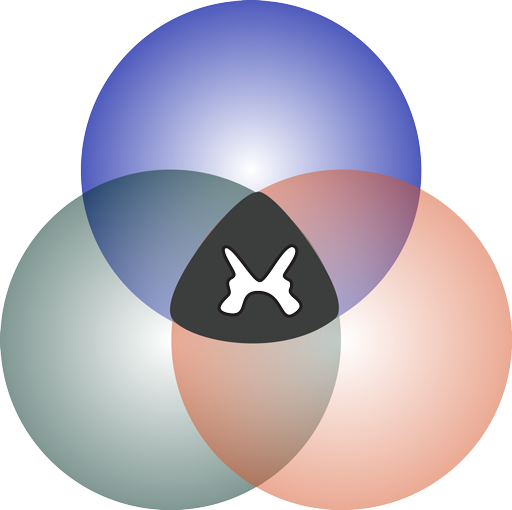Full Data Package |
Data Dictionary |
|||
|---|---|---|---|---|
Create new odc-sci Account and/or log in to download the file. |
||||
International Standards for Neurological Classification of Spinal Cord Injury (ISNCSCI): A workbook with important classification casesDOI:10.34945/F5RP56DATASET CITATIONSchuld C., Snider B., Kirshblum S., Rupp R., International Standards Committee, Biering-Sørensen F., Burns S., Graves D., Guest J., Jones L., Krassioukov A., Rodriguez G., Schmidt Read M., Tansey K., Walden K. (2024) International Standards for Neurological Classification of Spinal Cord Injury (ISNCSCI): A workbook with important classification cases. Open Data Commons for Spinal Cord Injury. ODC-SCI:1096 http://doi.org/10.34945/F5RP56ABSTRACTSTUDY PURPOSE: The International Standards for Neurological Classification of Spinal Cord Injury (ISNCSCI) provides a widely accepted system for determining level and severity of a human spinal cord injury (SCI). The ISNCSCI is widely used for clinical purposes (communication of level and severity, monitor changes over time, establish rehabilitation goals and therapy programs and to predict neurological recovery on a group level) and in research (characterization, outcome measures as well as inclusion/exclusion criteria and (sub-)grouping criteria). Its successful application demands accuracy in both the examination and classification, of which the latter is the focus of this work. ISNCSCI classification involves precise rules and nuances, and inherent challenges have been described. The heterogeneity of SCI adds further complexity. A comprehensive dataset of representative ISNCSCI cases with annotated classifications is not yet available within the field. Therefore, the purpose of this dataset is to provide such a workbook to illustrate important classification rules, definitions, and nuances for a wide range of spinal cord injuries.DATA COLLECTED: Twenty-six hypothetical ISNCSCI cases were created by the authors to illustrate important classification rules, definitions, and nuances. Each case contains all 134 examined scores (2 body sides times 28 dermatomes light touch scores; 2 times 28 pin prick scores, 2 times 10 myotomes motor scores as well as voluntary anal contraction and deep anal pressure sensation) as well as all 11 classifications components: right and left sensory levels, right and level motor levels, neurological level of injury, completeness, American Spinal Injury Association (ASIA) Impairment Scale, right/left sensory zone of partial preservation, right/left motor zone of partial preservation. Each case additionally contains detailed explanations of the process for classifying each variable. The cases are documented and classified according to the eighth edition of the ISNCSCI revised in 2019 (https://doi.org/10.46292/sci2702-1). The cases cover a wide range of topics such as: - New ISNCSCI concepts introduced with the 2019 revision like the -- Non-SCI taxonomy for documentation of non-SCI related conditions superimposed to the SCI that may influence the examination of motor/sensory scores and impact the classification components (e.g., amputations, peripheral nerve lesions, pain, tendon transfers) -- Broadened ZPP applicability not only for sensorimotor complete, but also for a subset of incomplete lesions - Inherent classification challenges -- Motor incompleteness due to sparing of motor function more than three segments below the motor level -- Use of non-key muscle functions in the determination of motor incompleteness -- Motor levels in the high cervical and thoracic regions, where the motor level follows the sensory level -- The correct classification of levels, completeness and zones of partial preservation for ASIA Impairment Scale E classificationsCONCLUSIONS: This electronic version of the ISNCSCI workbook can serve as a valuable resource for training to improve classification accuracy. Data scientists can set up their processing pipelines using these example datasets. Furthermore, developers of ISNCSCI calculators can use these datasets as reference for validation of their software tools. The International Standards Committee of ASIA recognizes the importance of continued education and open access resources to enhance the consistency of this SCI-specific neurological classification system.KEYWORDSISNCSCI; Human Spinal Cord Injury; Workbook; Human Spinal Cord Injury; International Standards for Neurological Classification of Spinal Cord Injury; Reference casesPROVENANCE / ORIGINATING PUBLICATIONSRELEVANT LINKSNOTES |
DATASET INFOContact: Schuld Christian (Christian.Schuld@med.uni-heidelberg.de)Lab: International Standards Committee of the American Spinal Injury Association
|
|




